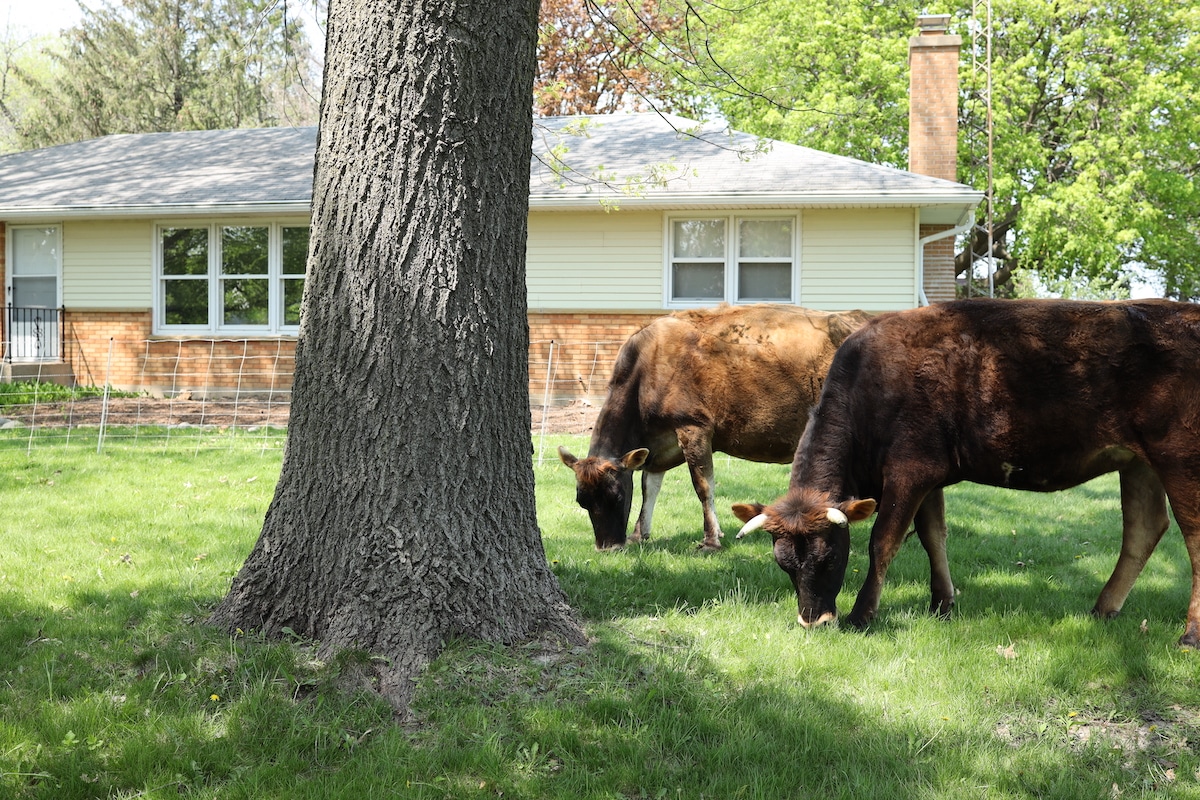When establishing a 15 acre homestead, ensuring reliable access to water is crucial. One of the first steps is to determine where to dig your well. The location of a well on your property can significantly impact the availability and quality of water. Understanding the best practices for well placement can lead to efficient resource use and sustainable living. Here, we offer advice tailored to help you make the most of your water resources.

Understanding the Importance of Well Location
The location of a well is vital for several reasons. Primarily, it determines the quality and quantity of water you can access. A well-positioned well can provide a clean, abundant water supply, while a poorly placed one might lead to contamination and scarcity. To optimize your 15 acre homestead, learning the best practices for well location is essential.
The Role of Soil and Topography
Soil and topography are critical factors in determining the best location for a well. Different soil types affect water filtration and flow. For instance, sandy soils allow water to flow more readily, which can be beneficial for well drilling. Conversely, clay soils might retain water but can complicate well installation. Additionally, understanding the slope of your land will help in avoiding areas where water naturally flows away, ensuring you tap into a reliable source.
Considering Proximity to Contaminants
Wells should be placed at a safe distance from potential contaminants. This includes septic systems, animal pens, and chemical storage areas. The risk of contamination can compromise water quality, leading to health issues and additional maintenance costs. Generally, it is recommended to place the well at least 100 feet away from such potential hazards.
Identifying Natural Water Sources
Locating natural water sources can provide a clue to finding a suitable well location. Streams, ponds, and other bodies of water can indicate underground water flow. However, it’s crucial to ensure that these sources are not seasonal and that they offer a consistent supply throughout the year.
Consulting with Professionals
Hiring a professional hydrogeologist can provide valuable insights into the underground water conditions of your 15 acre homestead. They have the tools and expertise to conduct thorough assessments, ensuring that your well is placed in the most advantageous location.
Legal and Regulatory Considerations
Before drilling, it’s important to be aware of local regulations and permitting requirements. These regulations are in place to ensure that water resources are preserved and utilized responsibly. Non-compliance can result in fines or the need to relocate your well.
Practical Steps for Well Installation
After identifying a location, the next step is well installation. This involves drilling, casing, and installing a pump system. Each step requires careful consideration to ensure long-term functionality and water quality.
Maintaining Your Well
Once installed, regular maintenance is crucial for the ongoing health of your well. This includes periodic inspections, water quality testing, and equipment servicing. A well-maintained well can provide decades of reliable service.
Exploring Alternative Water Sources
In addition to a well, consider other water sources such as rainwater harvesting. Diversifying water sources can provide additional security and sustainability for your 15 acre homestead.
Conclusion
Choosing the right location for your well is a pivotal decision in establishing a sustainable 15 acre homestead. By considering factors such as soil, topography, and proximity to contaminants, you can ensure a reliable and safe water supply. Consulting with professionals and adhering to regulations will further enhance the success of your homestead.

FAQ
How far should a well be from potential contaminants?
A well should be placed at least 100 feet away from potential contaminants such as septic systems and chemical storage areas to prevent water contamination.
What role does soil type play in well location?
Soil type affects water filtration and flow. Sandy soils allow better water movement, while clay soils may retain water but complicate well installation.
Why is professional consultation important for well placement?
Professional consultation ensures that your well is located optimally, providing valuable insights into underground water conditions and compliance with local regulations.
For more tips on maintaining your homestead, visit winter prep ideas and Airbnb ideas for your property. Additionally, learn more about homestead basics to enhance your living experience.




